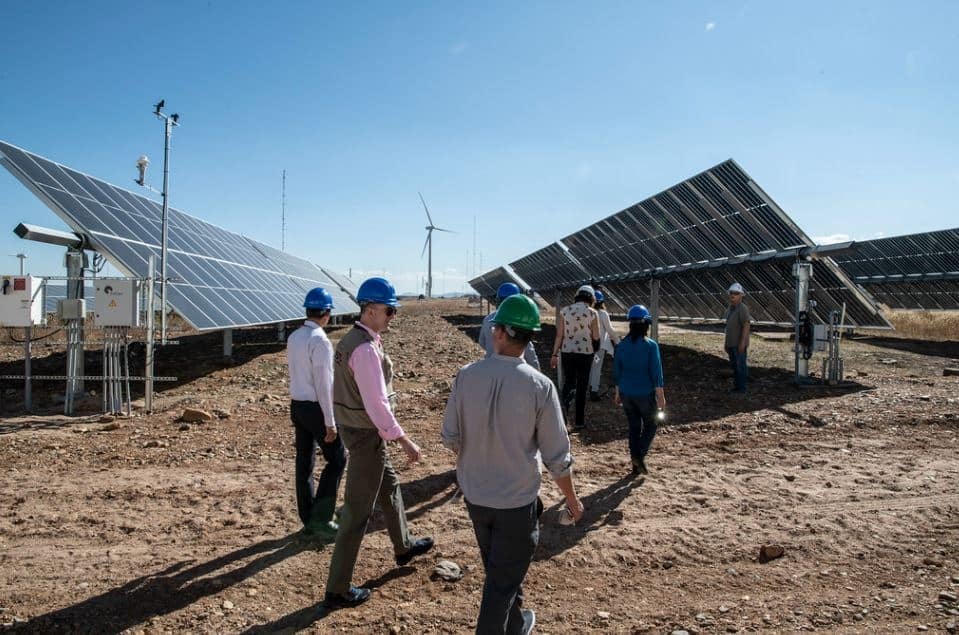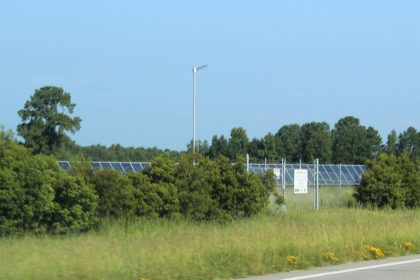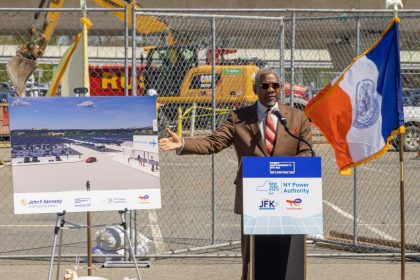Comprehensive Databases of Local Wind, Solar Siting Ordinances Released

GOLDEN, Colo. — Project developers seeking to build renewable energy projects in the U.S. got a big leg up Tuesday with the release of two new databases of state and local wind and solar energy zoning ordinances by the National Renewable Energy Laboratory.
According to agency officials, the releases mark the first time these critical laws and ordinances have been publicly available in one place.
Their release comes amid growing concern that local siting constraints could stymie the Biden administration’s goal to have the country running entirely on clean, renewable energy by 2035, and having a net-zero carbon economy by 2050.
A recent analysis by the agency, published in the journal Energy, found that the total U.S. wind energy potential is seven times greater under the least restrictive siting regimes as compared with the most restrictive regimes.
To compile the analysis, researchers factored in siting constraints, regulations, landscape and infrastructure, including 124 million buildings and every road, railway, transmission line and radar tower in the nation.
After modeling three different scenarios, they found that wind energy has a technical potential of 7,800 GW under the most lenient conditions, and only 2,280 GW under the most stringent.
What’s more, they also found the interaction between siting considerations and clean energy development at scale is not well understood.
The release of the new, high-resolution data sets is intended to help officials and people in the respective energy industries better understand the complex interactions between the two.
The agency’s hope, said Anthony Lopez, NREL senior geospatial data scientist and project lead for the new data sets, is that “the data can inform discussions about balancing local clean energy deployment decisions with mitigating global climate change.”
The wind energy database, comprising nearly 2,000 U.S. wind energy zoning ordinances, includes setbacks — or the required boundaries around infrastructure where wind turbines cannot be installed — for property lines, buildings, roads, railroads, electric transmission lines and bodies of water.
Because setbacks are influenced by wind turbine tip heights — the taller the turbine, the larger the setback — the data set also includes height and rotor size restrictions. Other ordinances, like noise limitations, shadow flicker limits and utility-scale wind bans or moratoriums, are also included.
Similarly, the solar energy database, comprising nearly 1,000 solar energy ordinances at the state, county, township and city levels, includes setbacks for property lines, buildings, roads, and water, as well as height restrictions, minimum and maximum lot sizes, solar power development bans or moratoriums, and more.
Both data sets are formatted as downloadable spreadsheets and accompanied by interactive maps, illustrating the wind and solar energy zoning ordinance data by location and ordinance type.
The two data sets join a suite of NREL-developed renewable energy supply curves, which characterize the quantity and quality of renewable resources. NREL develops and disseminates the foundational data to the research community to serve as the basis for a variety of analysis and modeling applications.
The supply curves can be used to assess land availability for renewable energy projects, considering their intersection with the built and natural environment.
“Energy modelers, wind and solar energy technology engineers, land-use experts, ecologists, social scientists and more, can use the new data to understand how other land uses may impact large-scale clean energy deployment,” said Trieu Mai, NREL senior energy analyst.
“It can be used in modeling and analysis to assess trade-offs between emissions, costs, plant design, land use, wildlife habitat and more,” he added.
Lopez and his team have conducted several studies on land use dynamics of clean energy deployment, including a recent analysis of land area requirements and land use intensity of U.S. wind energy deployments from 2000 to 2020 — finding that the total U.S. wind energy footprint is equivalent to the size of New Hampshire and Vermont combined.
Land use for solar development is also an active area of research, including recent projections of solar land use from the Solar Futures Study.
Results show there is more than enough land available to support solar development in every studied future scenario. At the highest deployment level in 2050, ground-based solar technologies require a land area equal to 0.5% of the United States, which could be met with less than 10% of potentially suitable disturbed lands. However, solar installations will affect local communities, ecosystems and agricultural areas.
“There are still a lot of questions that need to be studied,” Lopez said in a press release from the agency. “National clean energy goals will happen at the local level. We will continue to drill down our resolution and analyze different aspects of the interactions between land use and clean energy deployment.”
Dan can be reached at [email protected] and @DanMcCue























